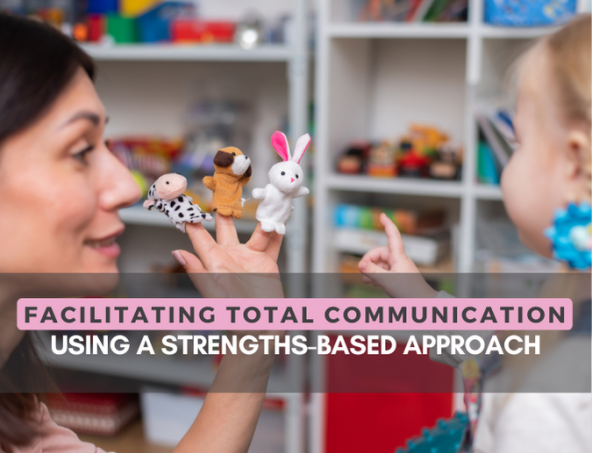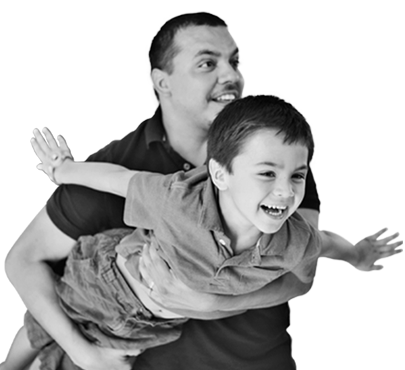Unleashing the Power of Total Communication

Facilitating Total Communication Using a Strengths-Based Approach
Parenting a child with autism comes with its unique challenges, one of the most significant being communication difficulties. Fortunately, there is a ray of hope in the form of Speech and Language Therapy, particularly when it is grounded in a strengths-based approach. In this article, we will delve into the world of facilitating Total Communication for children with autism, emphasizing their abilities rather than limitations.
Understanding Total Communication
Total Communication is an inclusive approach to communication that recognizes the diversity of communication styles. It combines multiple modes of communication, including verbal language, sign language, visual supports, and augmentative communication systems. For children with autism, who often have a wide range of communication needs, Total Communication provides a comprehensive toolkit for self-expression.
Using a Strengths-Based Approach
Traditional therapies may focus solely on addressing deficits, but a strengths-based approach celebrates what a child can do rather than what they cannot. By identifying and nurturing a child's unique strengths and interests, parents and therapists can create a supportive environment where they feel empowered to communicate.
Benefits of Total Communication
- Improved Self-Esteem: When children with autism experience success in communication based on their strengths, it boosts their self-esteem. This confidence can motivate them to explore and expand their communication skills further.
- Enhanced Engagement: Leveraging a child's interests as a communication bridge can lead to more engaging interactions. Whether it is through a special interest, a favorite toy, or a preferred activity, a strengths-based approach makes communication more meaningful.
- Tailored Interventions: Speech & Language Therapists using a strengths-based approach to customize interventions based on a child's strengths and preferences. This individualized approach ensures that therapy resonates with the child and yields better results.
- Family-Centered Communication: A strengths-based approach does not stop at therapy sessions; it extends into the child's everyday life. Parents become active partners in fostering communication at home, creating a more nurturing and inclusive environment.
- Building on Nonspeaking Communication: Many children with autism excel in nonspeaking communication, such as using gestures, pictures, or technology. Recognizing and building on these nonspeaking strengths can be a steppingstone to enhancing verbal communication.
Practical Tips for Parents
- Observe and note your child's interests and strengths.
- Collaborate closely with your child’s Speech Therapists to develop a personalized communication plan.
- Create a communication-rich environment at home.
- Celebrate small victories along the way to keep motivation high.
Empowering children with autism to communicate effectively is not about fixing what is "broken"; it is about embracing their unique abilities and helping them thrive. By adopting a strengths-based Total Communication approach, parents and therapists can open up a world of opportunities for children, fostering greater independence, confidence, and connection.
Contact our Family Support Team if you would like to learn how to get started with Speech and Language Therapy or any other programs and services that we offer. Our Family Support Team is always available to help and is available at no charge to all members of the autism and developmental disability community. Schedule a free phone appointment that works with your schedule: AZAunited.org/supportcall
You may also be interested in:
For more helpful resources and information, follow AZA United on social media:






